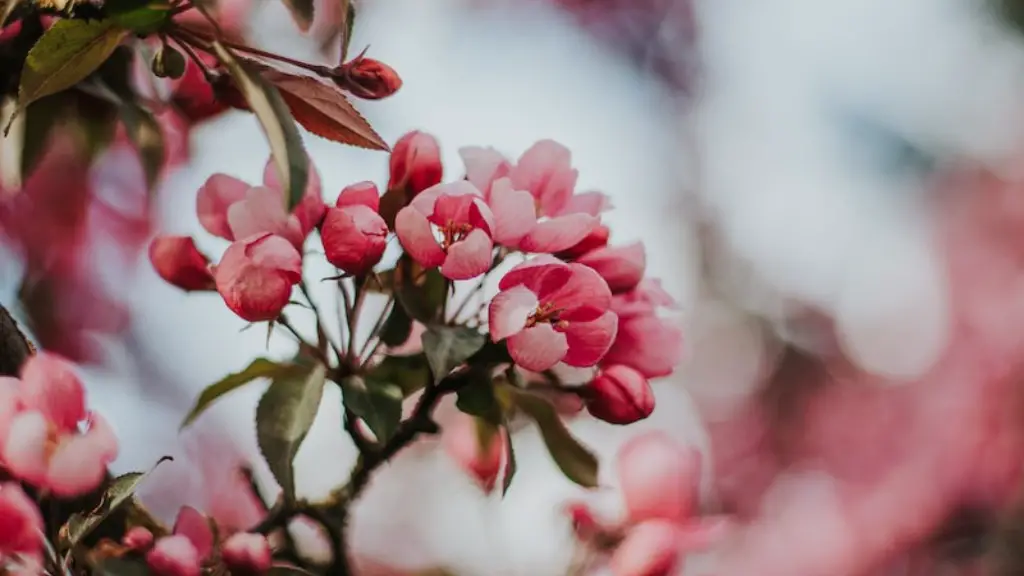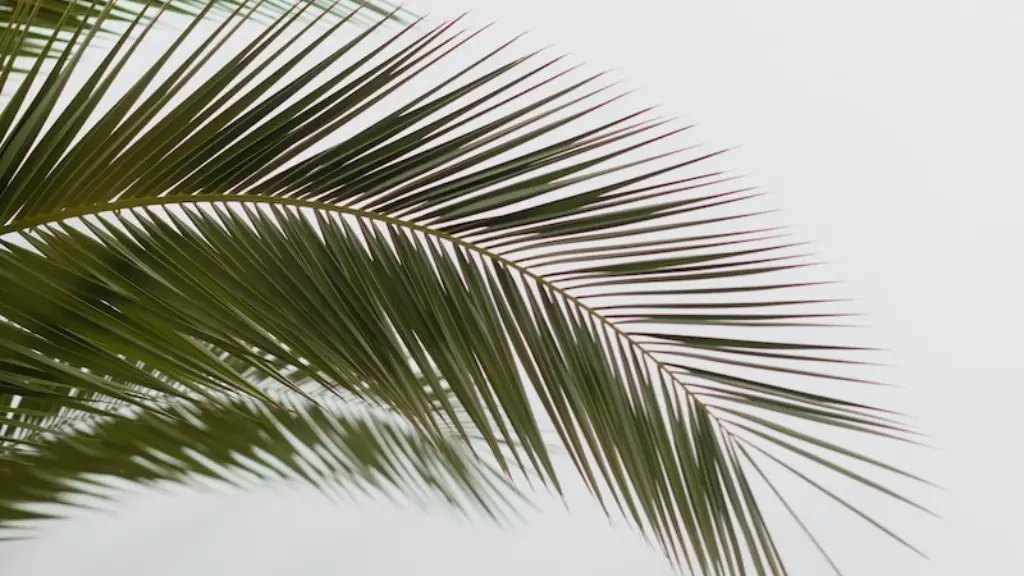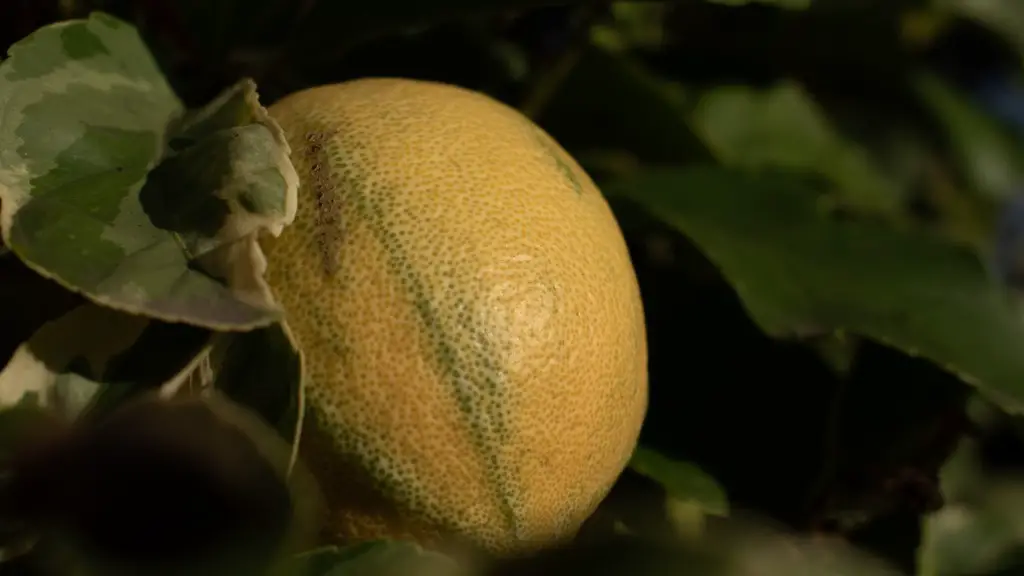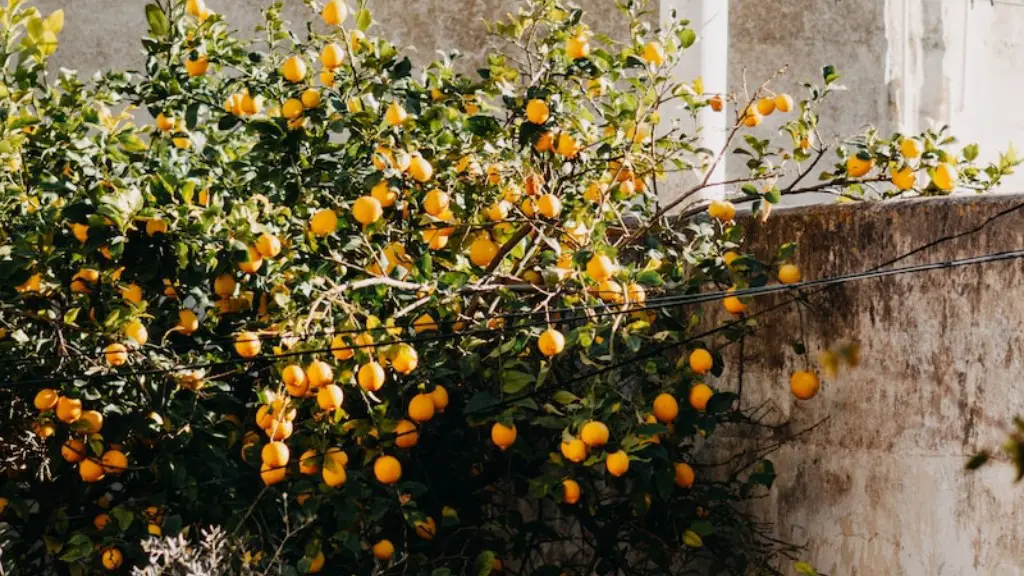Planting a Cherry Tree from the Pit
Will your backyard soon become a cherry orchard? Planting and growing a cherry tree from the pit is possible in many locations. Follow these steps to make your cherry tree dreams come true.
First, prepare the site where you will plant the pit. Select a sunny spot away from buildings, walls, and other trees, with well-drained soil. Consider location carefully – the cherry tree will eventually be quite tall and may shade other plants, or interfere with building walls or wires.
Next, select the cherry pit carefully. If possible, select a pit from a tree known to produce good-tasting cherries. Also, if possible, select a fresh pit – the sooner you plant it after harvest, the better the chances of successful germination.
Then, sow the cherry pit in the fall. Before planting, prepare the soil by digging a shallow furrow, approximately 2-3 cm deep, then press the cherry pit into the furrow with the pointed end facing up. Finally, cover the pit with soil and give the area light watering to help the pit settle into the soil.
Cherry tree germination can be variable – some pits may take 3-6 weeks to sprout, while others may take several months. Once the pit has germinated, return to the area once a month to keep the soil from drying out. It is not necessary to water the cherry tree daily, but it should be watered when the soil appears dry.
Note that the cherry tree will take at least 2-3 years to produce fruit. During this time, it is important to prune the tree carefully. It is recommended to prune the tips of any unruly branches while the tree is still young. Also, spread a layer of mulch to reduce weed competition and maintain soil moisture.
Unfortunately, cherry trees can be ‘fickly’. Weather, pests, and other threats can damage the tree and its fruit. Fortunately, there are measures that can be taken to reduce the risk of damage. Install bird netting to keep birds away, use pest sprays and/or sticky traps to ward off pests, and water the tree deeply during periods of extended drought.
Fertilization
Cherry trees require fertilization in order to maintain healthy growth and development. Fertilize in the spring, once the tree is established and has sprouted. The fertilization requirements depends on the soil and the age of the tree. An adult tree (already bearing fruit) will typically require more fertilizer than a sapling.
Choose a fertilizer specifically designed for fruit-bearing trees, and follow the instructions on the package in terms of application rate and timing. Generally, it is recommended to apply fertilizer at least once a year. An annual application of fertilizer should help produce more fruit.
If the soil is poor, it may be necessary to apply multiple applications of fertilizer throughout the year. However, it is important to avoid over-fertilization as it can lead to excessive growth and even what is known as ‘nitrogen burn’. To determine the amount and frequency of fertilizer necessary, work with experts such as local extension agents or arborists.
Harvesting Time
A cherry tree typically takes several years before it is able to bear fruit, and proper care is essential throughout the process. Once the tree reaches bearing age, you can expect to reap a harvest of sweet cherries. When is the best time for harvesting?
Monitor the cherries closely throughout the growth period. As the cherries start to mature, the color will become darker and more vivid. At that point, they are ripe and ready to pick. Don’t pick the cherries before they are ripe, as they will not have the ‘true’ cherry flavor.
Also, don’t wait too long to pick them. Ripe cherry fruit will eventually start to crack and split, releasing their seed and spoiling the flavor. As such, it is important to pick the ripe fruits as soon as possible, and store them in a cool, dry location. For best results, pick the cherries in the earlier morning hours.
Disease and Pest Control
Cherry trees may be susceptible to a variety of disease and pests. Cherry trees require temperature-controlled environments to prevent diseases such as powdery mildew, brown rot, and black knot. Pests such as aphids, scale insects, sap-sucking insects and mites can also damage cherry trees.
It is important to monitor your cherry tree closely, and be aware of the symptoms of disease and pests. If disease or pests are detected, seek advice from local Extension agencies or pest control professionals. Appropriate action should be taken to eradicate the pest or disease and prevent it from spreading to other trees.
In some cases, biological control (such as entomopathogenic nematodes) may be used in conjunction with chemical control agents. Lastly, a combination of cultural and chemical control method should also be used to prevent recurrence or relapse of the pest or disease.
Winterizing Cherry Trees
In cold climates, it is essential to winterize your cherry tree prior to the onset of winter. To winterize your tree, it is important to maintain the soil around the tree by adding compost or fertilizer. Also, mulch the soil to protect the root system from harsh temperatures.
Finally, it is also important to protect the trunk of the tree with waterproof paper, plastic wrap, or burlap. This will help prevent Winter sunscald and bark burning. When temperatures drop to freezing, hanging a light globe or using a tree wrap can also help protect the trunk from the cold.
Tree Care and Maintenance
Cherry trees thrive when they receive regular care and attention. To optimize growth, be sure to inspect the tree regularly for any signs of disease or damage. If any disease or damage are found, take appropriate action to eradicate the problem.
Additionally, prune the tree carefully each year to remove any dead or broken branches and to promote good fruiting. Pruning also helps to develop a strong frame, and will help prevent pest or disease infestations. To get the best result from pruning, work with a tree pruning specialist.
Finally, be sure to provide adequate nutrition to the cherry tree. If the soil is poor, add compost or fertilizer in the spring. Check your local extension agent for advice on proper fertilization for your specific location and tree variety.
Maintaining Soil Quality
Soil quality is of utmost importance when it comes to cherry tree growth and development. Poor soil can lead to stunted growth and low yields, so it is important to keep your soil in top condition. The best way to do this is to incorporate organic matter, such as compost, into the soil on a regular basis.
Composted materials provide nutrients to the soil while also improving soil porosity. This helps to improve the soil structure, which in turn allows the roots to access water, nutrients, and oxygen. Compost also helps to reduce weed transmission, helping to keep soil free from weed competition.
Finally, if soil is poor or lacking in important nutrients, it may be necessary to incorporate a soil amendment or to apply fertilizer. As with fertilization, it is important to consult a soil specialist in order to determine the amounts and type of nutrients needed for optimal cherry tree growth and health.





